Cuda Install Of Driver Component Failed
1. Overview of CUDA and Its Importance
CUDA (Compute Unified Device Architecture) is a parallel computing platform and application programming interface (API) model created by NVIDIA. It allows developers to leverage the power of NVIDIA GPUs (Graphics Processing Units) to accelerate computational tasks, including scientific simulations, machine learning, and deep learning.
CUDA enables programmers to write GPU-accelerated code using familiar programming languages such as C, C++, and Python. By offloading computationally intensive tasks to the GPU, CUDA significantly boosts performance and efficiency, making it a crucial tool for researchers, data scientists, and developers working on computationally demanding projects.
2. Common Causes for CUDA Install of Driver Component Failure
When installing CUDA, users may encounter the “Install of driver component failed” error message. Several factors can contribute to this issue:
a) Incompatible drivers: The CUDA toolkit requires specific NVIDIA display drivers to function properly. Installing an incompatible driver version can lead to installation failures.
b) Nouveau kernel driver in use: The Nouveau open-source kernel driver, commonly used for NVIDIA GPUs in Linux distributions, can conflict with the installation process, preventing the CUDA driver component from being installed.
c) Dependency issues: Sometimes, the installation may fail due to unresolved dependencies required by the CUDA toolkit.
3. Verify System Requirements and Compatibility for CUDA Installation
Before attempting the CUDA installation, it is crucial to ensure that your system meets the necessary requirements:
a) Operating System: CUDA supports various operating systems, including Windows, Linux, and macOS. Check the NVIDIA CUDA documentation for compatibility details.
b) GPU Compatibility: Verify that your GPU model is supported by the CUDA toolkit. Refer to NVIDIA’s CUDA GPU support matrix for specific information.
c) Driver Version Compatibility: Ensure that your NVIDIA GPU drivers are compatible with the CUDA version you intend to install. NVIDIA provides compatibility information on their website.
4. Ensuring Clean Installation and Removal of Previous Drivers
To avoid conflicts and installation failures, it is essential to perform a clean installation of the CUDA toolkit. Before proceeding, follow these steps to remove any existing NVIDIA drivers:
a) Windows:
1. Uninstall NVIDIA drivers using the Control Panel or NVIDIA’s official uninstaller tool.
2. Restart your computer.
3. Run a third-party driver cleaner utility like Display Driver Uninstaller (DDU) to remove any remaining driver remnants.
b) Linux:
1. Remove NVIDIA drivers by executing the appropriate command provided by your Linux distribution.
2. Reboot your system to ensure the removal of the drivers.
c) macOS:
1. Use the official NVIDIA driver uninstaller provided for macOS to remove existing drivers.
2. Restart your computer.
5. Troubleshooting Steps for Resolving CUDA Driver Component Installation Failure
If you encounter the “Install of driver component failed” error, try the following troubleshooting steps:
a) Disable Nouveau kernel driver (Linux):
1. Open a terminal and run the command: “sudo nano /etc/modprobe.d/blacklist-nouveau.conf” (without quotes).
2. Add the following lines to the file:
“`bash
blacklist nouveau
options nouveau modeset=0
“`
3. Save the file and exit the editor.
4. Regenerate the kernel initramfs image by executing: “sudo update-initramfs -u” (without quotes).
5. Reboot your system.
b) Resolve dependency issues:
1. Check the error message for any mentioned dependencies. Install them using your package manager or manually resolve them.
c) Clean system registry (Windows):
1. Download and run the NVIDIA Registry Cleaner utility provided by NVIDIA.
2. Restart your computer and attempt the CUDA installation again.
d) Perform a manual installation (Linux):
1. Follow the steps provided in the NVIDIA CUDA installation guide for Linux to manually install the CUDA toolkit and drivers.
6. Seeking Help and Support from NVIDIA and CUDA Community
If the above troubleshooting steps do not resolve the issue, it is advisable to seek help and support from NVIDIA’s official channels and the CUDA community:
a) NVIDIA Developer Forums: Post your query in the relevant CUDA section of the NVIDIA Developer Forums to seek assistance from the active community.
b) NVIDIA Customer Support: Contact NVIDIA’s customer support for direct assistance with CUDA installation issues.
c) Stack Overflow and other online communities: Search for existing threads or create a new one on websites like Stack Overflow to seek solutions from experienced developers.
7. Resources for Further Assistance and Troubleshooting Tips
Here are some additional resources that can provide further assistance and troubleshooting tips for resolving CUDA installation failures:
a) NVIDIA CUDA Installation Guide: NVIDIA provides an official installation guide for various operating systems, including step-by-step instructions and troubleshooting tips.
b) NVIDIA CUDA Toolkit Documentation: The CUDA Toolkit documentation contains extensive information on installation, configuration, and troubleshooting.
c) Online Tutorials and Video Guides: Many online tutorials and video guides cover CUDA installation and troubleshooting. Search for trusted sources, such as official NVIDIA channels or established programming communities.
d) NVIDIA Developer Zone: NVIDIA’s developer zone website offers a wealth of resources, including sample codes, GPU documentation, and forums.
FAQs:
Q1: What does the “Install of driver component failed” error mean during CUDA installation?
A: This error message indicates that the driver component of the CUDA toolkit failed to install properly. It can occur due to various reasons, including incompatible drivers or conflicts with existing software.
Q2: How can I resolve the “The Nouveau kernel driver is currently in use by your system” error during CUDA installation?
A: This error suggests that the open-source Nouveau kernel driver is active and conflicting with the CUDA installation. To resolve it, disable the Nouveau driver and proceed with the CUDA installation.
Q3: Why am I getting the “Cuda: Depends: cuda 11.8.0 but it is not going to be installed” error?
A: This error indicates a dependency issue in which the required version of CUDA is not available. Ensure that you have the correct version of CUDA and all its dependencies installed on your system.
Q4: How can I install the NVIDIA driver on CentOS 7 for CUDA installation?
A: NVIDIA provides detailed instructions for installing their drivers on CentOS 7 in their official documentation. Follow those instructions to install NVIDIA drivers before proceeding with CUDA installation.
Q5: I see the message “An NVIDIA kernel module ‘nvidia-uvm’ appears to already be loaded in your kernel.” What should I do?
A: This message suggests that a previous NVIDIA kernel module is already loaded. Consider rebooting your system and attempting the CUDA installation again.
Q6: Can I use “pip install cuda Toolkit” to install CUDA?
A: No, the CUDA Toolkit cannot be installed directly via pip. To install CUDA, follow the official installation instructions provided by NVIDIA.
Q7: How can I uninstall NVIDIA drivers on Ubuntu to resolve CUDA installation failures?
A: You can uninstall NVIDIA drivers on Ubuntu using the appropriate commands provided by your distribution. Ensure that you remove all remnants of the previous drivers and perform a clean installation.
In conclusion, the “Install of driver component failed” error during CUDA installation can be resolved by ensuring system compatibility, performing clean driver installations, and following troubleshooting steps. Seek help from NVIDIA’s official resources and the CUDA community for further assistance. By resolving these issues, you can successfully install CUDA and utilize its capabilities for GPU-accelerated computing.
Installing Cuda Toolkit On Windows [Published 2017 – See Our Playlist For More Up-To-Date Trainings]
Keywords searched by users: cuda install of driver component failed Install of driver component failed, The Nouveau kernel driver is currently in use by your system, Cuda : Depends: cuda 11 8 11.8 0 but it is not going to be installed, CUDA install Windows, Install NVIDIA driver CentOS 7, An nvidia kernel module ‘nvidia-uvm’ appears to already be loaded in your kernel, Pip install cuda Toolkit, Uninstall nvidia driver Ubuntu
Categories: Top 23 Cuda Install Of Driver Component Failed
See more here: nhanvietluanvan.com
Install Of Driver Component Failed
Introduction
Installing drivers is an essential task whenever we set up new hardware devices or update existing ones on our computer. However, encountering the dreaded error message “Install of driver component failed” can be frustrating and leave us wondering what went wrong. In this article, we will delve into the common reasons behind this issue and provide you with a comprehensive troubleshooting guide to resolve it. Additionally, we will address some frequently asked questions to help you understand the concept better.
Understanding the Error
When you attempt to install a driver on your computer, the process involves a set of steps to ensure the successful transfer of necessary files and configurations to enable the proper functioning of the hardware. However, if any of these steps fail, you may see the error message “Install of driver component failed.” This error message indicates that a critical step or process required for the driver installation has encountered an issue, preventing the driver from being installed correctly.
Troubleshooting Steps
To resolve the “Install of driver component failed” error, follow these troubleshooting steps:
1. Run the installer as an administrator: Right-click on the driver installer file and select “Run as administrator.” Running the installer with elevated privileges can overcome certain permission-related issues that may hinder the installation process.
2. Disable antivirus software: Sometimes, your antivirus software can interfere with the installation process by incorrectly flagging the driver components as malicious. Temporarily disabling your antivirus software before installing the driver can help overcome this obstacle. Remember to re-enable your antivirus software after the installation is complete.
3. Check available disk space: Ensure that you have enough free disk space to accommodate the driver installation. If your disk is almost full, the installation may fail. Free up disk space by removing unnecessary files or programs before attempting the installation again.
4. Verify compatibility: Ensure that the driver you are trying to install is compatible with your operating system and hardware. Visit the manufacturer’s website to download the correct version of the driver and double-check if it matches your system’s specifications.
5. Uninstall previous versions: If you are updating an existing driver, it is crucial to uninstall the previous version before installing the new one. Conflicting drivers or remnants from previous installations can prevent the new driver from installing correctly.
6. Clean boot your system: Sometimes, third-party applications or services running in the background can interfere with the driver installation process. Perform a clean boot by disabling all startup programs and non-Microsoft services to troubleshoot this possibility. After a clean boot, attempt the driver installation again.
7. Update Windows: Ensure that your operating system is up to date by installing the latest Windows updates. These updates often include bug fixes and compatibility improvements that can resolve issues with driver installations.
8. Disconnect unnecessary peripherals: Disconnect all unnecessary peripheral devices (such as printers, scanners, and external drives) before attempting the driver installation. Conflicts between driver installations can occur when multiple devices are connected simultaneously.
9. Update BIOS: If all else fails, consider updating your computer’s BIOS. Check the manufacturer’s website or consult your hardware documentation for instructions on updating the BIOS firmware.
Frequently Asked Questions
Q1: What should I do if I encounter the “Install of driver component failed” error during driver installation?
A1: Follow the troubleshooting steps provided in this article, starting with running the installer as an administrator and verifying compatibility. If the error persists, try disabling antivirus software or performing a clean boot before attempting the installation again.
Q2: Why do I need to update drivers?
A2: Drivers act as a communication bridge between your operating system and hardware devices, enabling them to function correctly. Updating drivers ensures optimal performance, compatibility with the latest software, and enhances security.
Q3: Can I install drivers manually?
A3: Yes, you can install drivers manually by downloading the relevant driver files from the manufacturer’s website and following the provided installation instructions. However, using the manufacturer’s official installer is usually recommended as it ensures the correct installation of all components.
Q4: What if the error persists even after trying all troubleshooting steps?
A4: If the error continues to occur, seek assistance from the hardware manufacturer’s support website, forums, or contact their customer support directly. They will be better equipped to help you with specific driver installation issues related to their product.
Conclusion
Encountering the “Install of driver component failed” error can be frustrating, but with the troubleshooting steps outlined in this article, you should be able to overcome it effectively. Remember to follow each step carefully and consult the hardware manufacturer if the issue persists. Keeping your drivers up to date is essential for optimal performance and ensuring compatibility with the latest software, so it’s important not to overlook driver installation issues.
The Nouveau Kernel Driver Is Currently In Use By Your System
The Nouveau kernel driver is an open-source graphics driver used in the Linux operating system. It aims to provide support for NVIDIA GPUs (Graphics Processing Units) and offers an alternative to the proprietary NVIDIA driver. In this article, we will take an in-depth look at the Nouveau kernel driver, its features, benefits, and frequently asked questions.
1. Introduction to the Nouveau kernel driver:
The Nouveau kernel driver was developed by the community of open-source developers as a response to the lack of an open-source driver for NVIDIA GPUs. It aims to provide a reliable and performant driver for Linux users, with a focus on compatibility and stability.
2. Features of the Nouveau kernel driver:
– Kernel Mode Setting (KMS): The Nouveau driver supports KMS, which allows for better display management, smooth boot-up, and resolution handling during runtime.
– 2D and 3D acceleration: The driver provides hardware acceleration for both 2D and 3D graphics, enabling smooth rendering of visual elements, improved gaming performance, and enhanced video playback.
– Power management: Nouveau includes various power management features to optimize GPU performance while minimizing power consumption and heat generation.
– Xinerama and Multi-Head: It supports multi-monitor setups, allowing users to connect and configure multiple displays simultaneously. Xinerama support permits seamless movement across multiple screens.
– Vulkan and OpenCL support: Nouveau also offers experimental support for Vulkan and OpenCL, enabling developers to utilize these modern graphics APIs on Linux.
3. Benefits of using Nouveau:
– Open-source: Being an open-source driver, Nouveau enjoys the benefits of community development, frequent updates, and strong community support. Users can contribute or report issues directly, fostering a robust and continually improving driver.
– Compatibility: The Nouveau driver supports a wide range of NVIDIA GPUs, including both older legacy models and the latest ones. This allows Linux users to use their NVIDIA graphics card without relying on proprietary software.
– Stability and reliability: Over the years, Nouveau has significantly improved in terms of stability, efficiently utilizing the GPU’s capabilities while providing a reliable and consistent experience.
4. Frequently Asked Questions (FAQs):
Q1: How do I know if I have the Nouveau kernel driver installed?
A: To check if the Nouveau driver is in use, open a terminal and run the command “lsmod | grep nouveau”. If the output displays “nouveau” in the results, it means the driver is loaded and being used by your system.
Q2: Can I switch from the Nouveau driver to the proprietary NVIDIA driver?
A: Yes, if you require additional features or better performance, you can switch to the proprietary NVIDIA driver. However, the process may vary depending on your Linux distribution. You can consult the official documentation or support resources for your specific distribution to learn how to install and switch drivers.
Q3: Will the Nouveau driver provide the same level of performance as the proprietary NVIDIA driver?
A: While the Nouveau driver has made significant strides in terms of performance, it may not offer the exact same level of performance as the proprietary NVIDIA driver. However, for most users’ daily tasks, the Nouveau driver provides satisfactory performance, including gaming and multimedia applications.
Q4: Are there any known issues or limitations with the Nouveau kernel driver?
A: Yes, although Nouveau provides a functional open-source alternative, it still faces a few limitations. Some newer GPUs may have limited support, and specific features like GPU overclocking may not be available. It’s recommended to check the Nouveau wiki or community forums for any known issues related to your GPU model.
In conclusion, the Nouveau kernel driver is a commendable open-source alternative for NVIDIA GPUs on Linux systems. Its features, stability, compatibility, and community support make it a viable choice for most users’ graphics needs. If you prefer using open-source software, or if the proprietary driver poses any issues, Nouveau is an excellent option to consider.
Images related to the topic cuda install of driver component failed
![Installing CUDA Toolkit on Windows [Published 2017 - See our playlist for more up-to-date trainings] Installing CUDA Toolkit on Windows [Published 2017 - See our playlist for more up-to-date trainings]](https://nhanvietluanvan.com/wp-content/uploads/2023/07/hqdefault-635.jpg)
Found 43 images related to cuda install of driver component failed theme

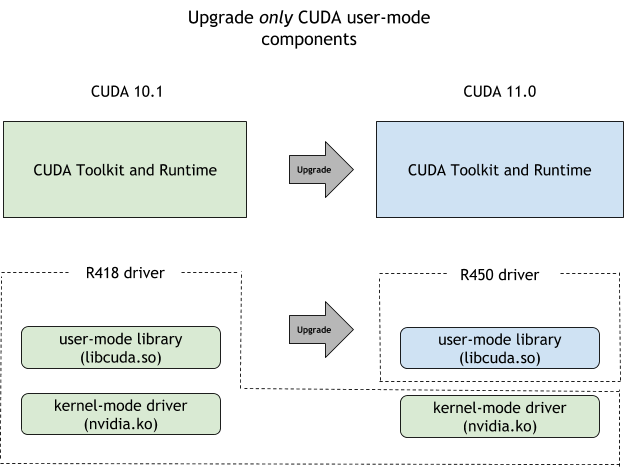

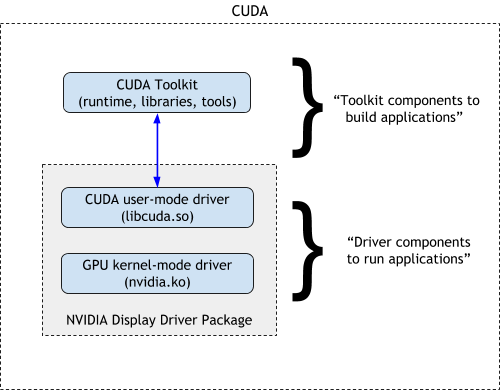
![NVIDIA Installer failed Error [SOLVED] Nvidia Installer Failed Error [Solved]](https://images.drivereasy.com/wp-content/uploads/2016/01/install-the-driver-again-1.png)
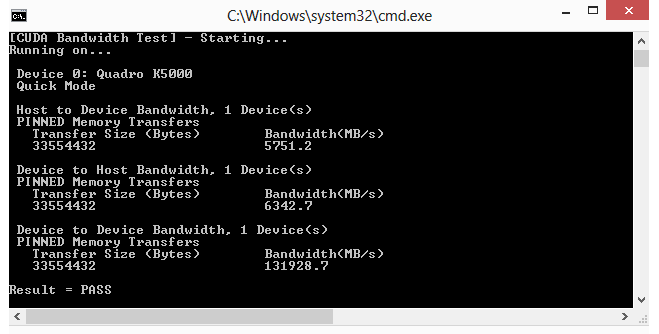
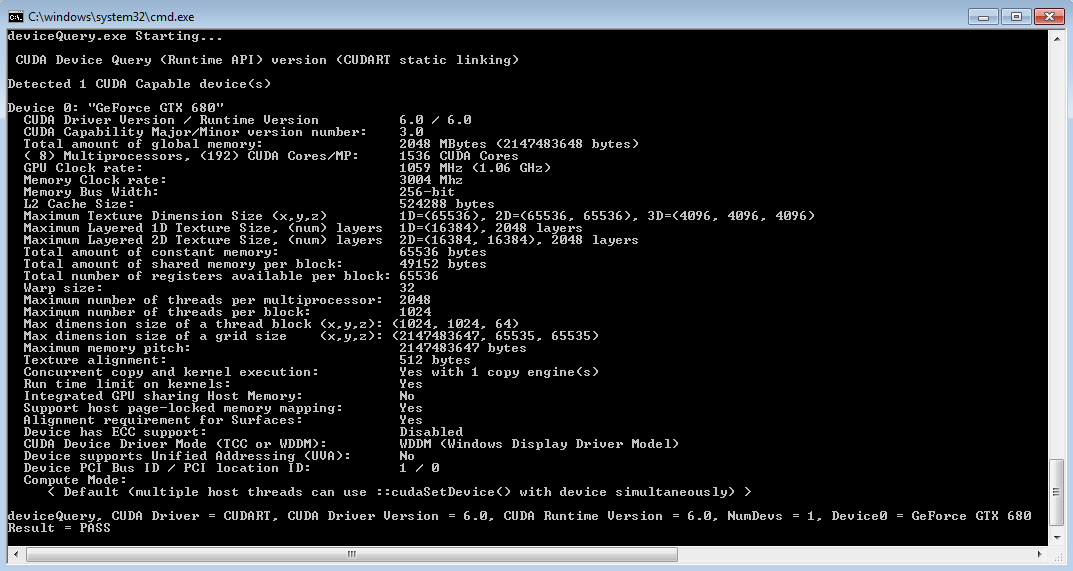

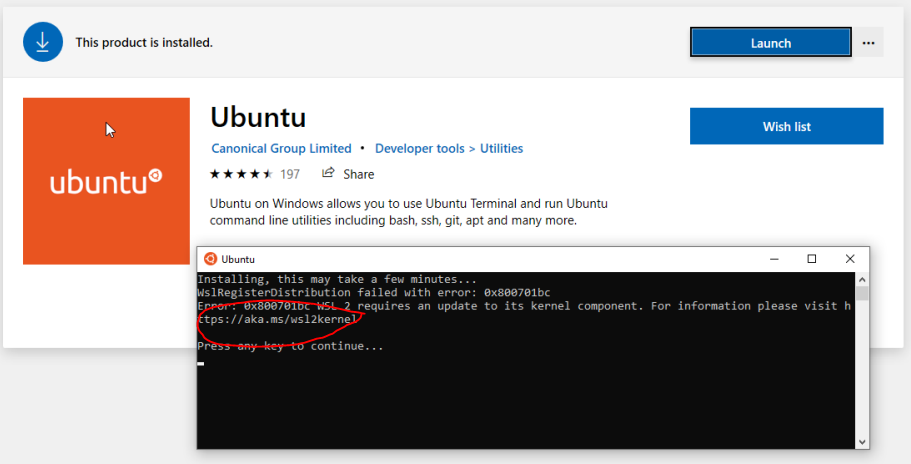
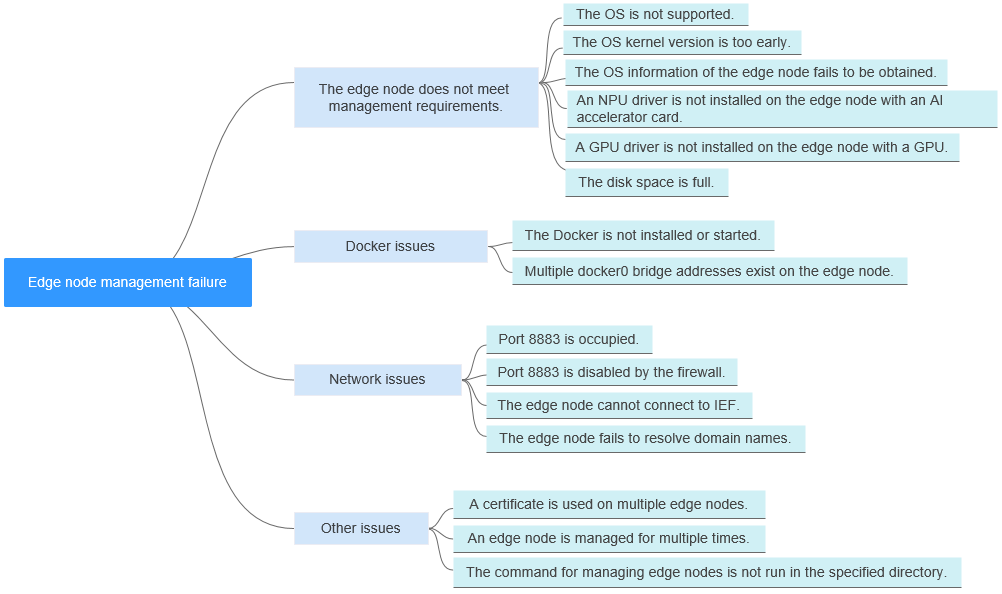
Article link: cuda install of driver component failed.
Learn more about the topic cuda install of driver component failed.
- Finished with code: 256 , [ERROR]: Install of driver component …
- Installation of cuda 11.02 driver component on ubuntu 20.04 …
- CUDA Toolkit 11.1.0, Installation failed – Ask Ubuntu
- How to install CUDA on old GPU systems – Amahodo 48
- nvidia_nightmare – GitHub Gist
- Failled CUDA installation Ubunutu 18.04.5 – Super User
- Install CUDA driver on a new Ubuntu system – Panzoto
- ERROR trying to install nvidia cuda toolkit on ubuntu 20.04 for …
- Install of driver component failed. [ERROR]: Install of 450.51 …
- Install CUDA On Windows: The Definitive Guide – Medium